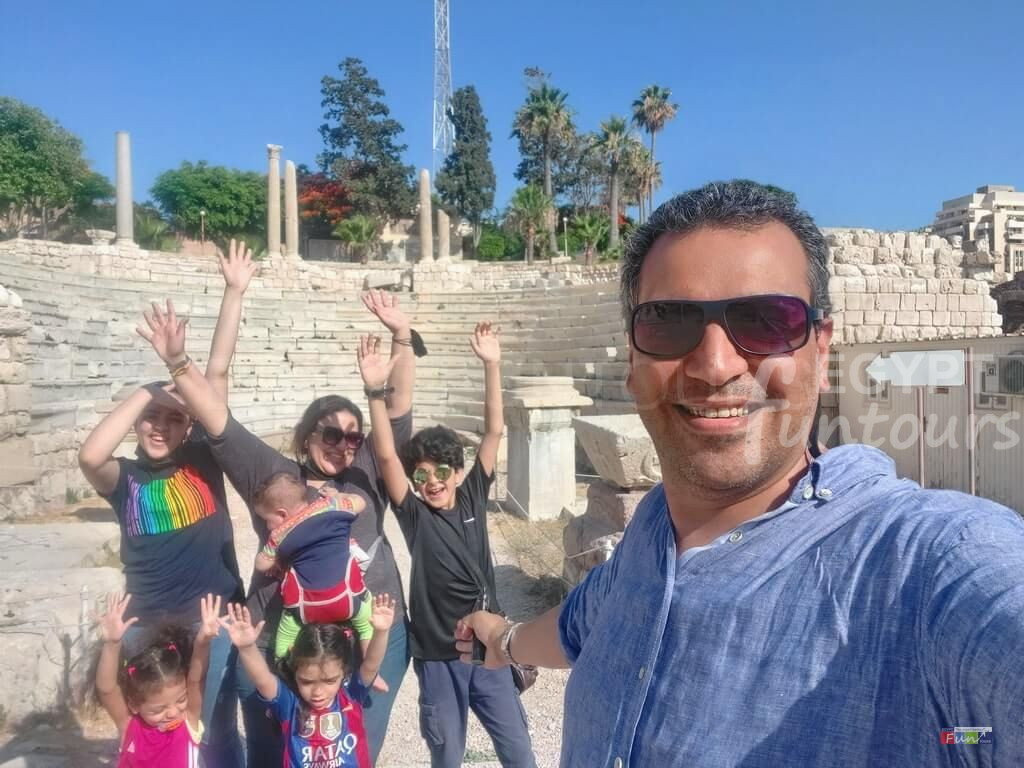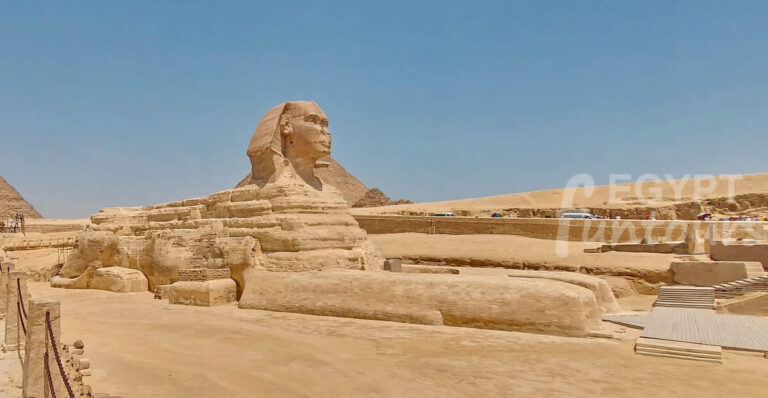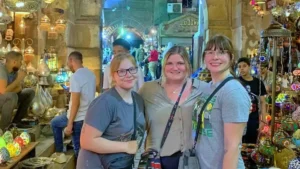Roman and Byzantine Egypt lasted from 30 BCE to 642 CE. This period began with Octavian’s victory over Cleopatra VII and Mark Antony at the Battle of Actium. It ended with the Arab conquest of Egypt. The era spanned over six centuries. It was a time of major transformation for Egypt. The period was marked by a unique administrative structure and intense economic exploitation. It also saw a fascinating cultural and religious synthesis. These changes left a lasting mark on the region’s history.
Political and Economic Control
For the Romans, Egypt was not merely another province; it was a unique and highly valued imperial possession. To prevent any single powerful figure from using the province’s resources against the central government, the emperor governed it directly through a prefect of equestrian rank, rather than a senator. This deliberate centralization of power underscored Egypt’s immense strategic importance to the Roman state. The primary reason for this control was Egypt’s role as the “breadbasket” of the empire. The incredibly fertile lands of the Nile Delta, enriched by the river’s annual flooding, produced a massive surplus of grain. This grain was absolutely essential for feeding the vast population of Rome and, later, Constantinople, becoming a cornerstone of Roman food security and a key factor in maintaining urban stability and preventing civil unrest.
To maximize profits, the Roman administration implemented highly efficient and often burdensome taxation systems. They also revitalized the Red Sea ports, particularly those like Berenice, which significantly boosted the lucrative trade with India and other eastern regions. This control over key trade routes brought substantial revenue to the empire through taxes and tariffs, further cementing Egypt’s economic importance. The Roman legal system also brought a degree of standardization, though local laws and customs were often maintained, creating a dual legal framework in some areas.
Society and Culture
The social structure of Roman and Byzantine Egypt was a complex hierarchy based on ethnicity and citizenship status. Roman citizens were at the top, followed by the Hellenized urban elite, who lived primarily in cities like Alexandria. The native Egyptian population generally occupied the lower tiers of this social pyramid. While the Romans allowed Egyptians to maintain much of their traditional culture, Greek remained the official language of administration, law, and commerce, continuing the legacy of the Ptolemaic period.

This period is renowned for its cultural syncretism, where Greek, Roman, and Egyptian traditions blended in fascinating ways. In art, the Fayum mummy portraits are the most striking example. These realistic, Greco-Roman style portraits were painted on wooden panels and placed over the faces of mummies, seamlessly combining Roman portraiture with the ancient Egyptian practice of mummification. Furthermore, Roman emperors were often depicted on Egyptian temple reliefs as pharaohs, wearing traditional headdresses and garments. This clever visual strategy acknowledged traditional religious continuity while simultaneously affirming Roman political dominance. The Egyptian cult of the goddess Isis also spread widely throughout the Roman Empire, demonstrating the significant influence of Egyptian religious thought on the wider Mediterranean world.
The Rise of Christianity and the Byzantine Era
The definitive transition from Roman to Byzantine rule began with the administrative reforms of Emperor Diocletian in the late 3rd century CE, which divided Egypt into smaller provinces. The final separation occurred in 395 CE with the split of the Roman Empire, after which Egypt became a part of the Eastern Roman (Byzantine) Empire. During this time, Christianity grew rapidly and became the dominant religion. Christianity’s rise led to the decline and eventual suppression of ancient Egyptian religious practices. People either converted many temples into churches or left them to fall into ruin. The rise of Coptic Christianity marked this era, and monasticism flourished in the Egyptian deserts under figures like St. Anthony.

Sometimes, people repurposed old pagan temples as Christian worship places. A new sacred landscape of monasteries and churches emerged. The Byzantine period also had growing political instability. Internal theological disputes and external conflicts defined this time. For instance, the Sassanian Persian occupation in the early 7th century was a brief but disruptive event. It left the region economically and militarily vulnerable.
The Arab Conquest

The Arab conquest in 641 CE ended the Roman and Byzantine Egypt period. The Rashidun Caliphate’s army, led by Amr ibn al-As, invaded the weakened province. They took advantage of the Byzantine Empire’s exhaustion from recent wars with the Sassanian Persians. The local population had felt alienated by Byzantine rule. Because of this, they offered little resistance. The swift conquest of Egypt marked the end of Greco-Roman rule. It ushered in a new era, fundamentally changing Egypt’s religious, cultural, and political landscape forever.
























